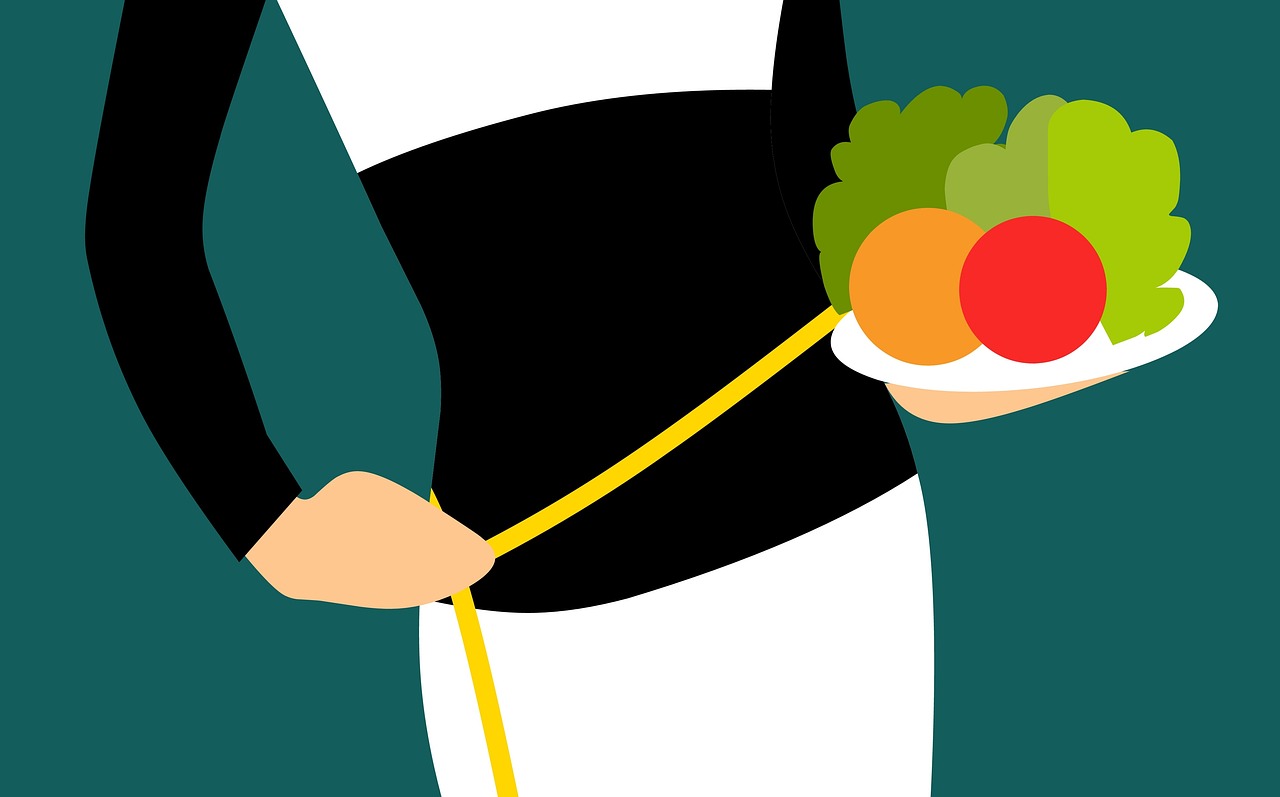Healthy Eating for Life

So, you’ve decided to lose weight. Congratulations on your decision to adopt a healthier lifestyle. But where do you go from here? With so many weight loss choices, it is difficult to know which diet program is right for you. It is tempting to want to lose weight quickly and easily with little or no effort on your part. But be careful. Weight loss is a multi-billion dollar industry and not every weight loss product or program has the consumer’s interest at heart. Choose a diet program that you can live with, one that will help you lose weight safely and help you keep it off. Your health is not short-term, and your eating plan should not be either. You probably don’t want to hear this, but there are no shortcuts to losing weight. A successful and long-term weight management plan involves moderate eating and regular exercise. Be sensible. It took you a while to put on the weight, it will also take time for the weight to come off.
1. Set Realistic Weight Loss Goals
In order to lose weight, it is recommended that women (who are not pregnant or nursing) eat between 1200 to 1500 calories a day. Shedding 1-2 pounds per week is considered a safe and healthy rate of weight loss. Moreover, the more gradual your weight loss, the more likely you are to keep it off.
2. Eat A Balanced Diet
A healthy well-balanced diet includes grains, legumes, lean meat, fish, and poultry and 5-6 servings of fresh fruits and vegetables. Choose skim and low fat dairy products and limit your fat intake to 25%- 30%.
In a study that appears in the March 1999 issue of The American Journal of Clinical Nutrition, Megan McCrory and her colleagues of the Human Nutrition Research Center on Aging at tufts University, found that a diet low in vegetable variety contributes to long term increases in weight gain. A diet low in vegetable intake may mean that you are eating a higher percentage of junk food, carbohydrates, or sugary snacks in order to feel full. Be smart. Eat a variety of vegetables, which will provide your body with fiber and will help you feel full naturally. Combine this with drinking 6-8 glasses of water a day and you have a great weight loss strategy.
3. Exercise
Move your body! In addition to weight loss, 30 to 60 minutes of exercise per day has a variety of other health benefits. These include cardiovascular fitness, stress relief, and the reduction in the risk of heart disease and cancer.
4. Keep a Food Diary
Making yourself aware of and accountable for what you are eating is a great weight loss tool. You’ll also be surprised by how many extra calories end up in your mouth. Nibbling while preparing a meal, mindless snacking, or “just one bite” here and there still add up.
5. Plan Your Meals
You are in control of what you eat. Reinforce this by planning all your meals- breakfast, lunch, dinner, snacks, and dessert. You will learn that you have many food choices and that there are many ways to allocate your calories.
6. Eat Breakfast
Recent studies show that eating breakfast is a smart way to manage your weight. According to a study that appeared in the
January 1997 issue of the Journal of Nutrition, researchers found that weight loss is greater when you eat a large morning meal. Not only do you eat less throughout the rest of the day, but you are also giving your body plenty of time to metabolize, or burn off, the calories.
7. Plan for Temptation
There will be times when you will want chocolate or ice cream. We are only human, and let’s face it; these treats are a wonderful indulgence. The key word being indulgence. Have a small portion of whatever you are craving. Better yet, learn to substitute a lower fat, lower calorie version of what you are craving. However, if you end up bingeing, get right back on track immediately. Don’t wait until the fictional tomorrow to start eating healthy again. Tomorrow could be a few days, a week, or even months before you make the commitment to eat healthy again. And, painful though it may be, record this binge in your food diary. It will help you see patterns in
your eating habits and help you plan better in the future. Honesty is another great weight loss tool.
8. Have a Plan for Dining Out
Going out for a meal should not be an excuse to stop eating healthy. Every cuisine has low fat, low calorie alternatives. If you know you are eating out, allocate a specific number of calories for that meal and eat lightly the rest of the day.
9. Avoid Fad Diets
High Protein Diets
Not only are these diets high in saturated fats, but according to the American Heart Association, they can lead to heart disease and cancer. They can also worsen kidney or liver function in people with kidney or liver problems.
The Zone
It has not been proven that eating foods in certain combinations has any medical benefit. To your body food is food and a calorie is just a calorie.
Liquid Diets
Replacing food altogether will not teach you healthy eating behavior.
Fasting/Cleansing Diets
Of course you will lose weight if you drink nothing but juice for a few days! Not only is it an unrealistic long term eating plan, but it also lacks protein and other vital nutrients.
Food Myopia
Eating only one food or type of foods is problematic for a number of reasons. It can lead to unpleasant side effects, such as gastrointestinal distress, and nutritional imbalances. It’s also boring, which is why it’s very difficult to stay on this type of diet for any period of time.
10. Let Your Health Be Your Criteria for Success
Focus on your health goals instead of on the numbers on your scale. Do you feel stronger and more confident? Do you feel more energetic? Have you lowered your BMI or cholesterol level? Keep your mind on the real benefits of healthy weight management: improved health and well-being.
(Note: If you are clinically obese, sedentary, a female age 50+, or a male age 40+ please consult your doctor before starting any diet or exercise program.)
Copyright Edel Jarboe. All Rights Reserved.
The Author:
Edel Jarbo
Photo. Mohamed Hassan








